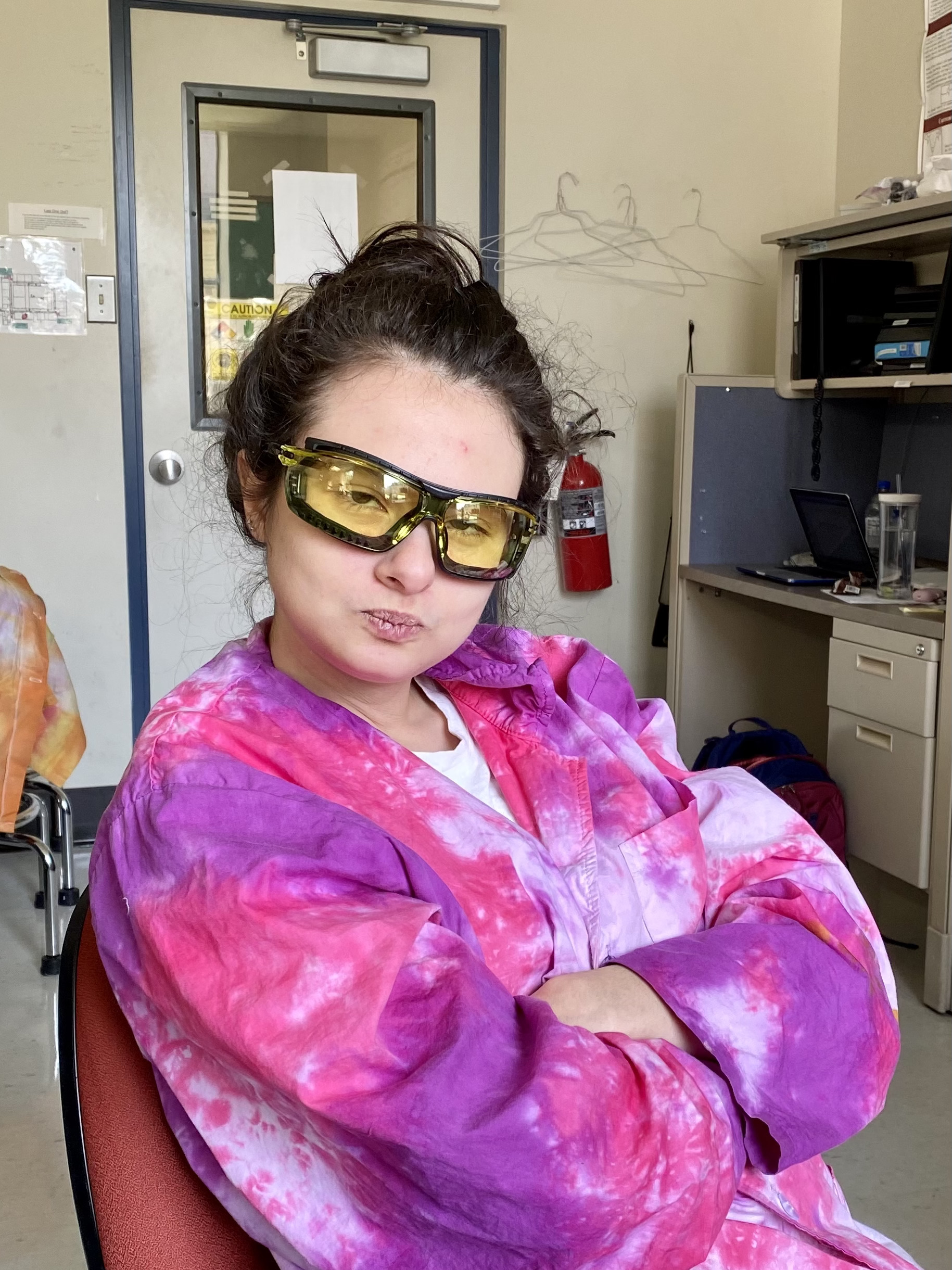Abstract:
Light emitting carbon-based materials are in high demand due to their highly variable uses from environmental toxicity monitors to biomedical probes. Aggregation induced emitting luminogens (AIEs) are a new and exciting type of material being developed. AIEs do not fluoresce as single molecules or in low concentrations, but when many come together in high concentration, the result is a luminescent substance. AIEs characteristically have bulky 3-D geometries and extended π-conjugation. The Northrop lab has extensive experience using dynamic covalent boronate ester condensation to self-assemble π-conjugated nanoporous covalent organic polygons. To date, however, all these nanoporous polygons have been fluorescent in solution but undergo aggregation induced quenching that limits or prevents their fluorescence in condensed phases. This project aims to explore whether the use of AIE luminogens as components in boronate ester self-assembly will enable highly fluorescent nanoporous covalent organic polygons to be prepared, with likely applications as sensors and optical materials. In order to answer this question we first are working to find an efficient synthesis to make covalent organic hexagons. Successful boronate ester self-assembly will involve linking tetraphenylethylene bis(boronic acids), which are AIE luminogens, with π-conjugated triphenylene tetraols. This summer has been focused on the synthetic steps that will lead to these target molecules.
summer-2021-research-poster_v3Live Poster Session:
Thursday, July 29th 1:15-2:30pm EDT


